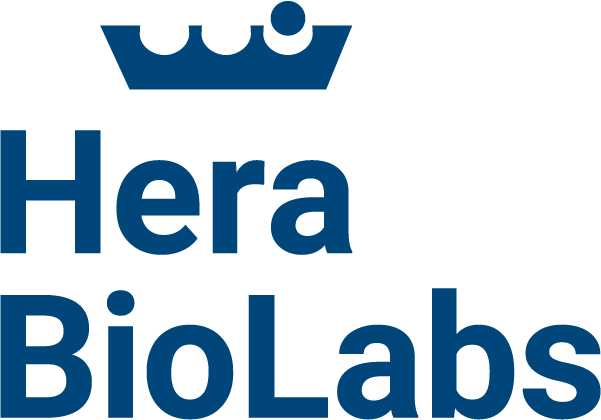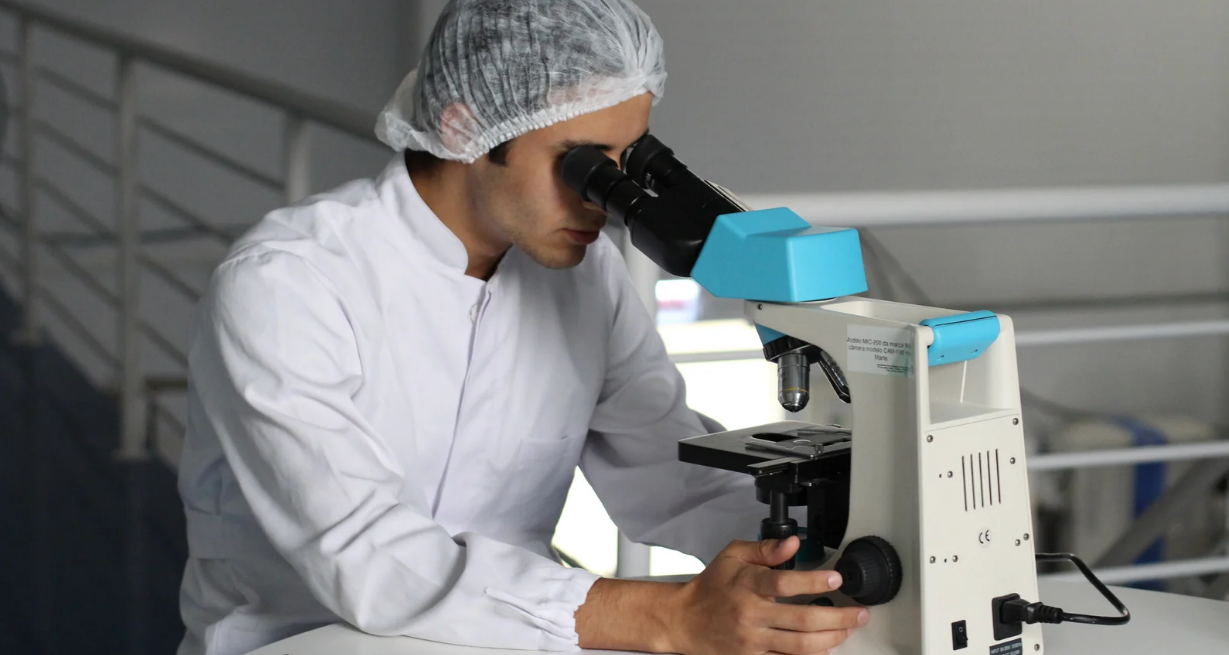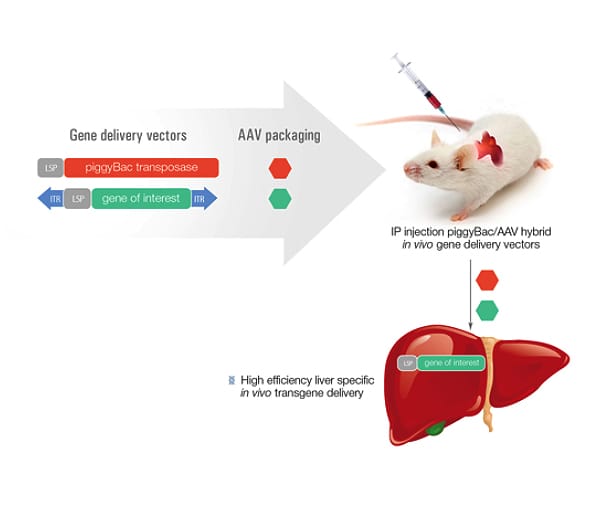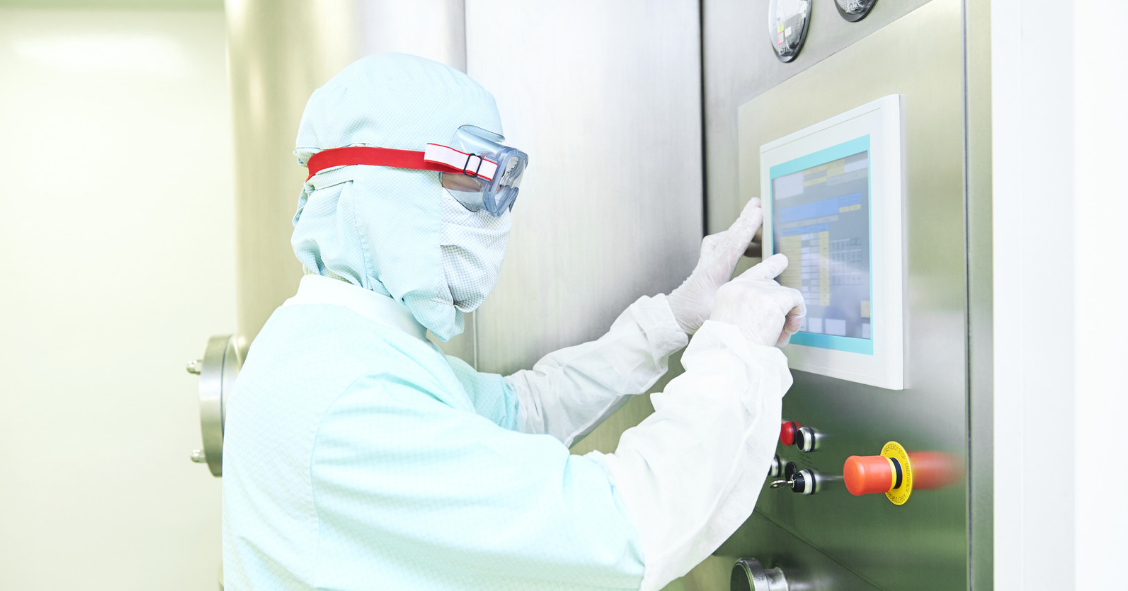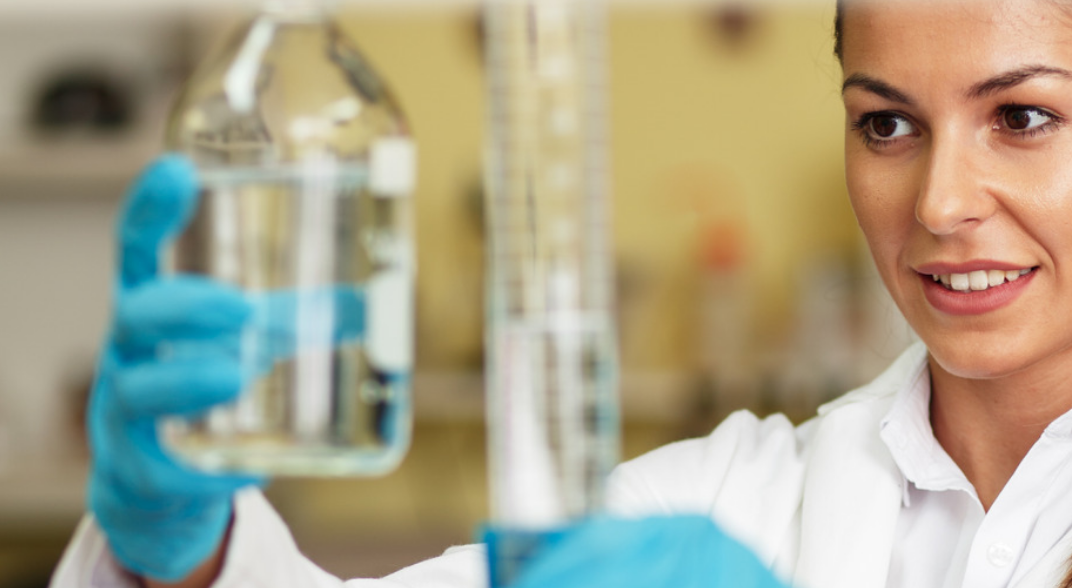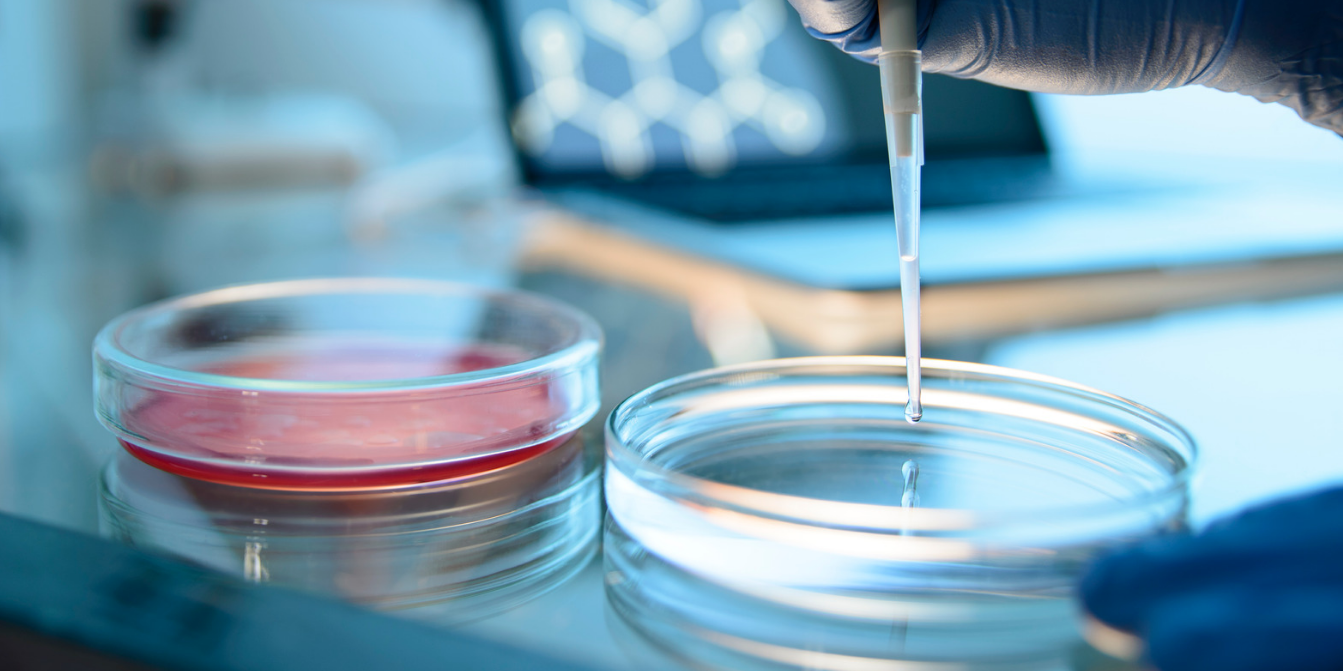The piggyBac Transposase/Transposon DNA Delivery System is a non-viral gene editing platform designed for use in many different research applications. With a large cargo capacity of over 200kb, piggyBac surpasses many other transposon and viral delivery vehicles, making it the optimal choice for stable cell line creation.
High efficiency and stability of piggyBac integration have been proven in a variety of genomes. To date, over 400 peer-reviewed papers have been published as a result of the piggyBac technology.
Hera BioLabs provides piggyBac products, licenses, and services, which include research and commercial applications for drug discovery & development.
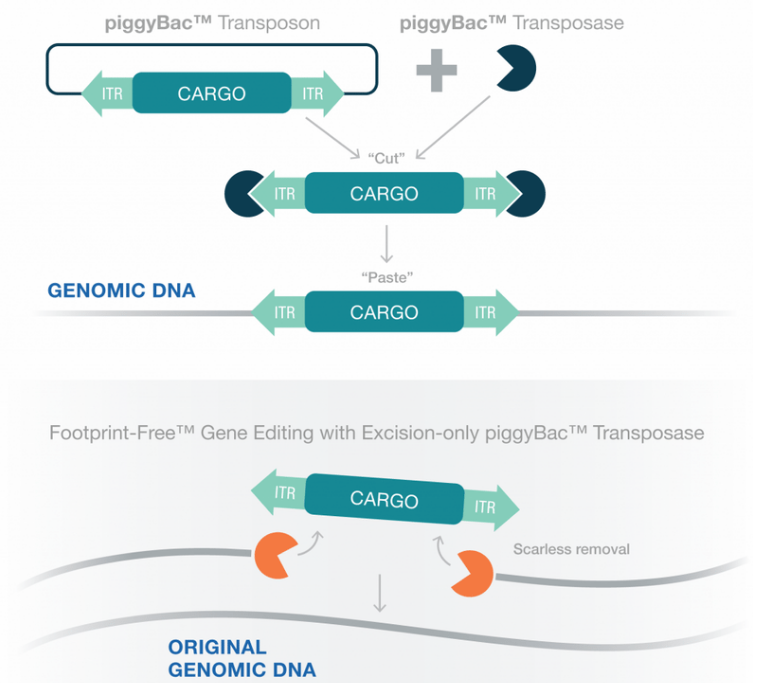
How piggyBac Works
Step 1: Clone cargo into transposon vector
Step 2: Co-transfect Transposon and Transposase into cells.
Step 3: Transposase cuts out cargo and pastes into random TTAA sites.
Step 4: Screen clones for desired insert.
Step 5: Use Excision-only piggyBac for Footprint-Free gene editing. (optional)
Reproducible Results & Downstream Reliability
Long-term transgene stability is essential for creating consistent and reproducible results especially when establishing reporter cell line or expressing recombinant antibodies. The piggyBac transposon genomic integrations are extremely stable for months of continuous culture and >50 passages.
Mossine et al, demonstrated 10-months of continuous culture of their THP-1 reporter cell line creating with piggyBac without gene silencing showing the same response phenotype (blue) as the freshly thawed (green) cells.
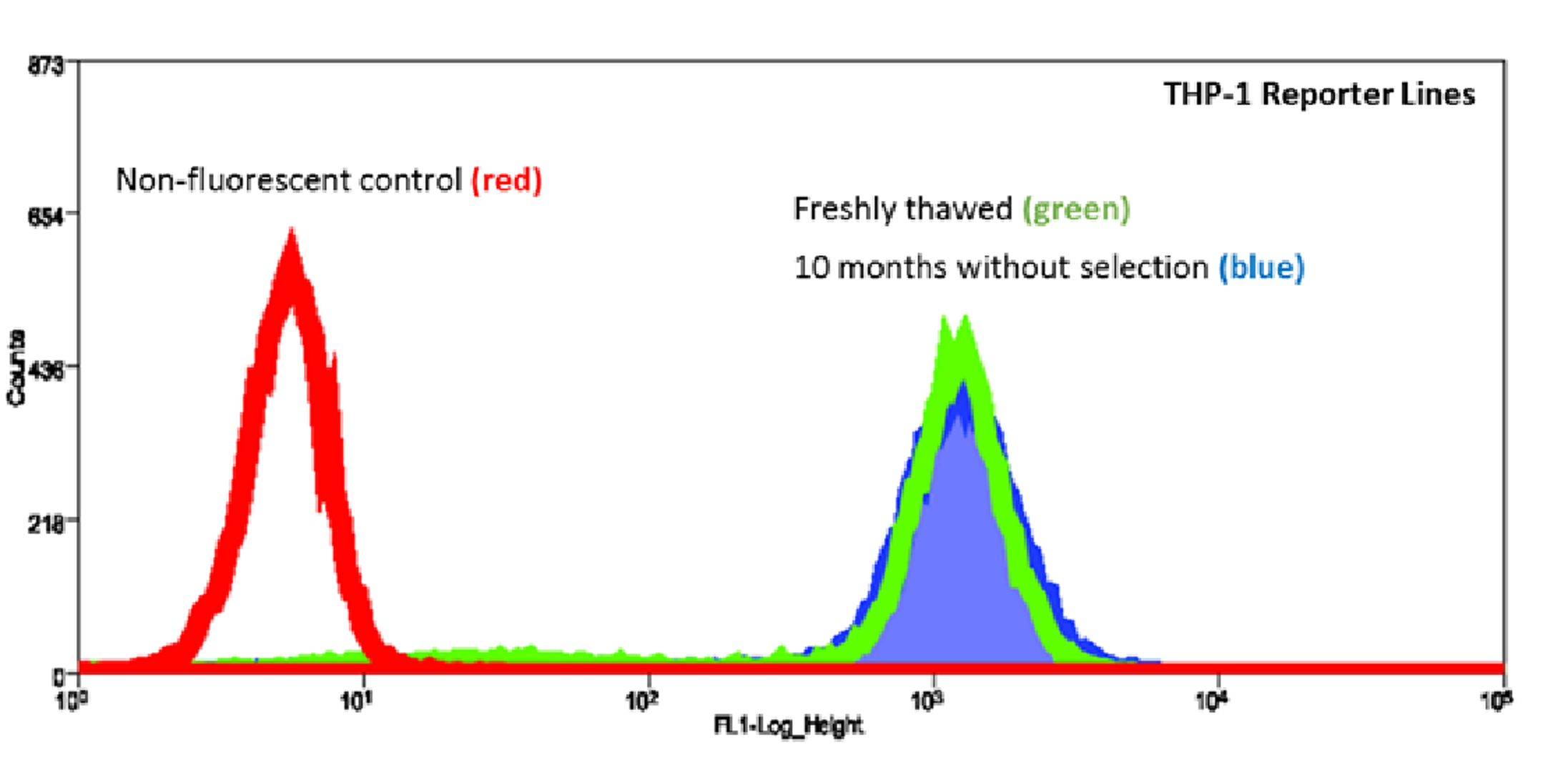
Mossine VV, Waters JK, Hannink M, Mawhinney TP (2013) piggyBac Transposon plus Insulators Overcome Epigenetic Silencing to Provide for Stable Signaling Pathway Reporter Cell Lines. PLoS ONE 8(12)
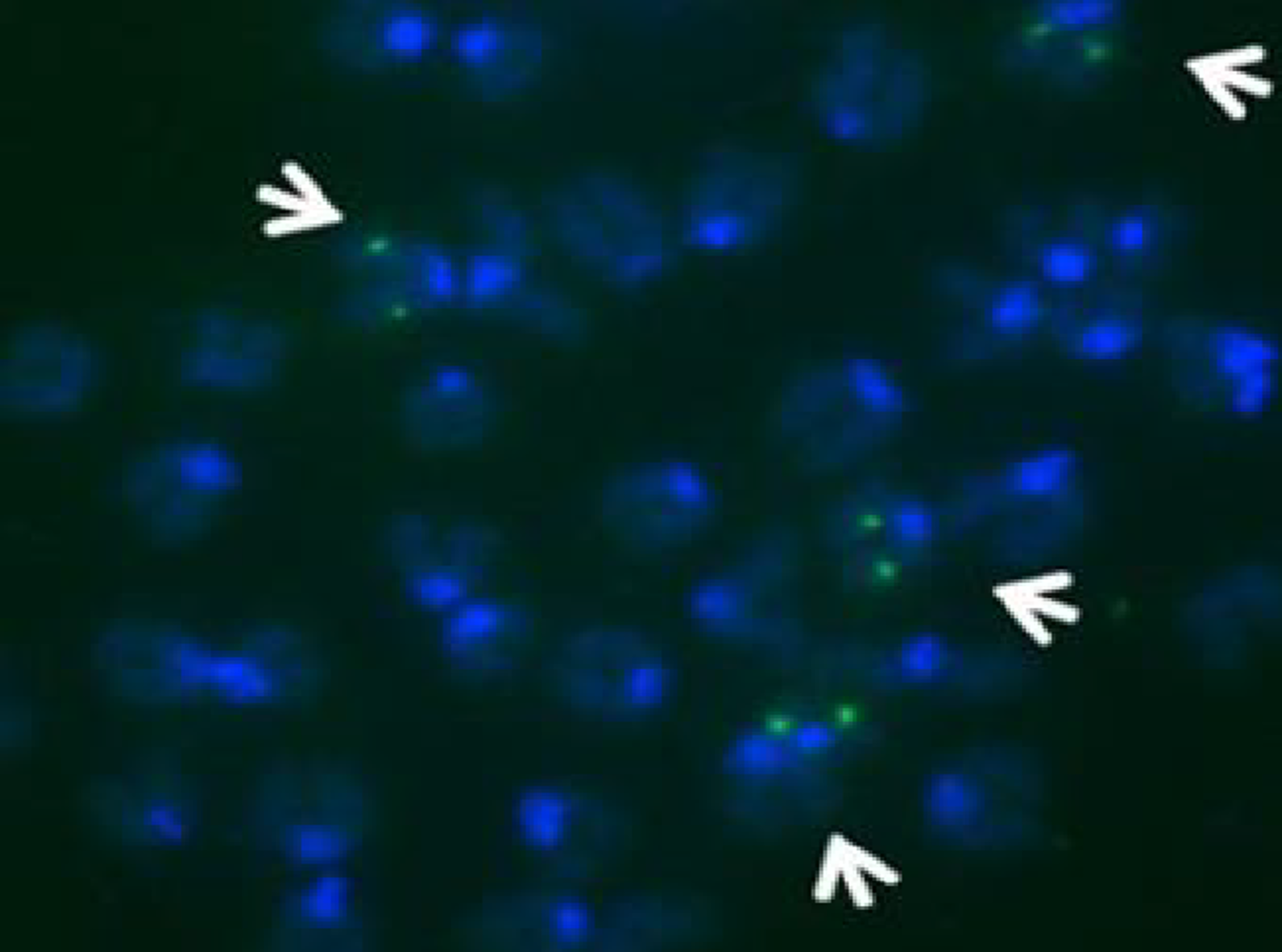
piggyBac as a high-capacity transgenesis and gene-therapy vector in human cells and mice. Rongbo Li, Yuan Zhuang, Min Han, Tian Xu and Xiaohui Wu. Disease Models & Mechanisms (2013)
Flexible, Easier-to-Use Larger DNA Cargo Sizes
Unlike most gene editing platforms, piggyBac allows you to integrate large or small transgenes with ease. Demonstrated to work efficiently beyond 250kb+ in size including full BAC artificial chromosomes. Hera regularly creates vectors between 10kb and 25 kb including multi-component ion channels and GPCRs in a single construct.
The piggyBac fluorescence in situ hybridization (FISH) demonstrates piggyBac mediated stable integration of a 200 kb+ DNA fragment and chromosome locations in mouse ES cells. (RIGHT)
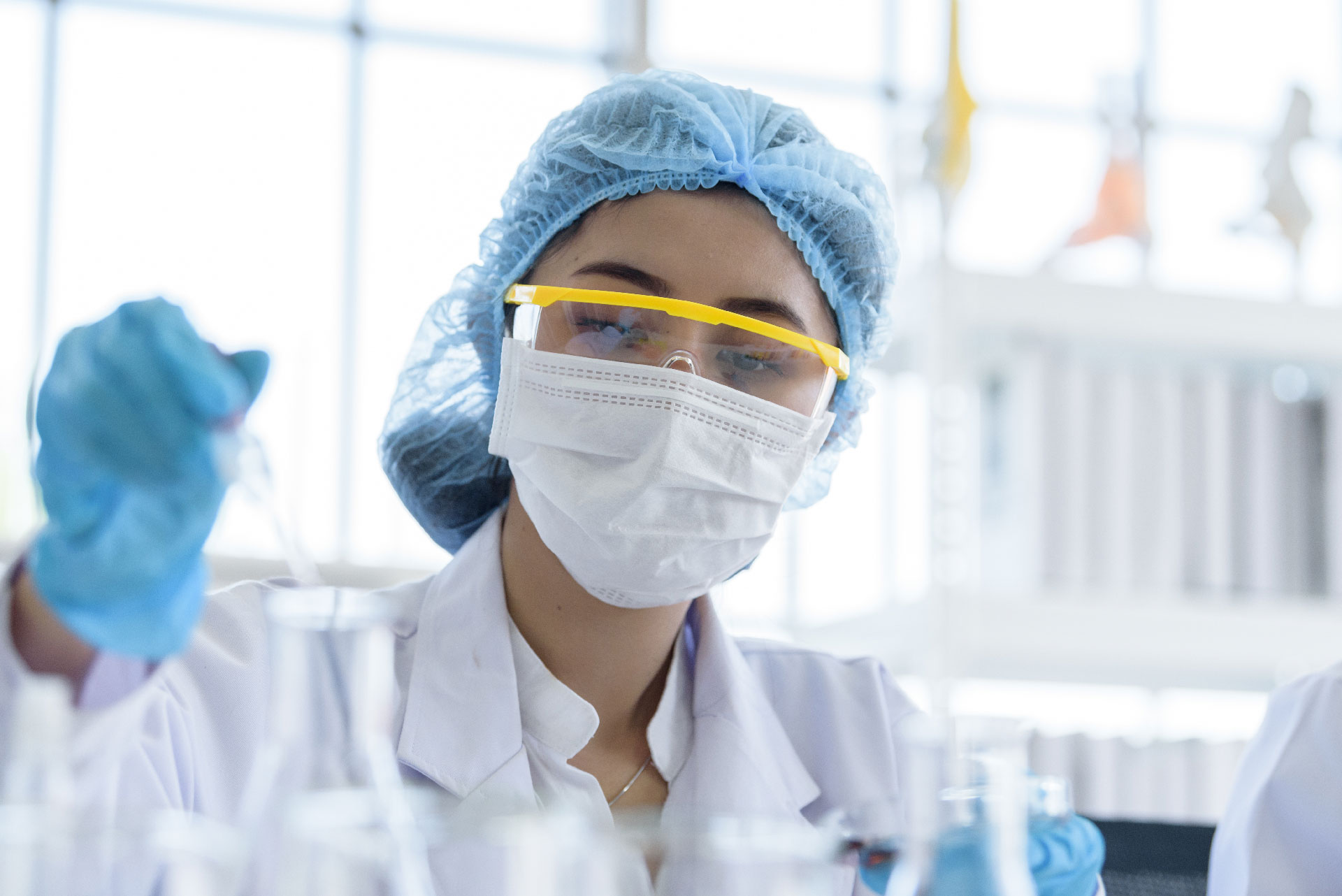
In Vivo piggyBac
Delivering piggyBac in vivo allows for stable integration and expression across a variety of organ systems. Using a combination AAV-piggyBac approach, Hera delivers highly stable genomic integrations- eliminating the need for transgenic animal creating. Other methods for in vivo delivery of piggyBac transposon/transposase include hydrodynamic tail vail injections, and organ electroporation after local injection (brain, heart, etc.).
Obtain Higher Titers of Antibodies
Expressing your protein of interest with piggyBac provide high titers and long-term stability. Read the publication from Eli Lilly showing up to 7.6 g/L in stable pools, which allow for skipping the labor and resource intensive step of single cell cloning. Whether you are looking to produce a therapeutic antibody or just a research reagent, piggyBac is an ideal technology.
Approximately 4 to 11-fold greater titers compared to conventional gene integration systems for monoclonal antibodies (mAbs) or bispecific antibodies (BSAb).
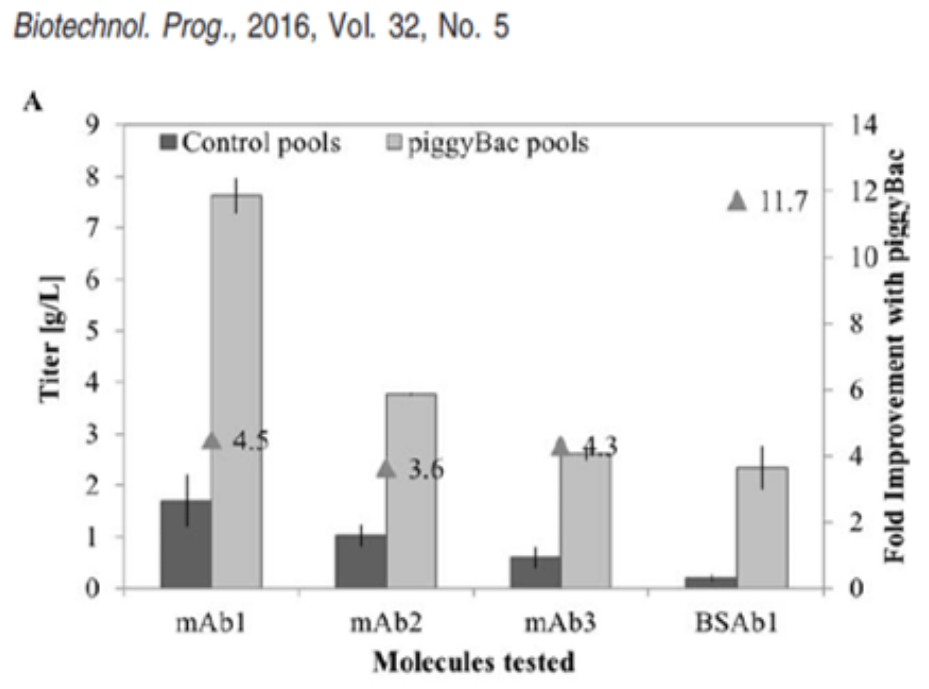
Rajendra et al. (2016) Generation of Stable Chinese Hamster Ovary Pools Yielding Antibody Titers of up to 7.6 g/L Using the piggyBac Transposon System. Biotechnol. Prog., Vol. 32
Licensing piggyBac Patented Technology
Hera is the exclusive licensee and sublicensor of this patented technology for drug discovery and early development research.
